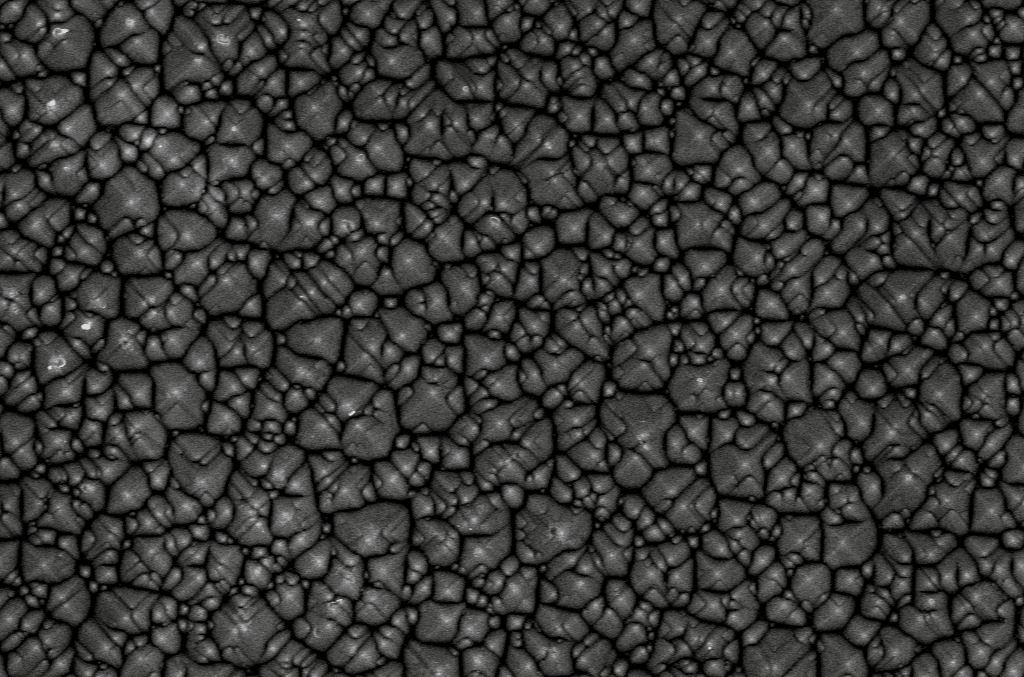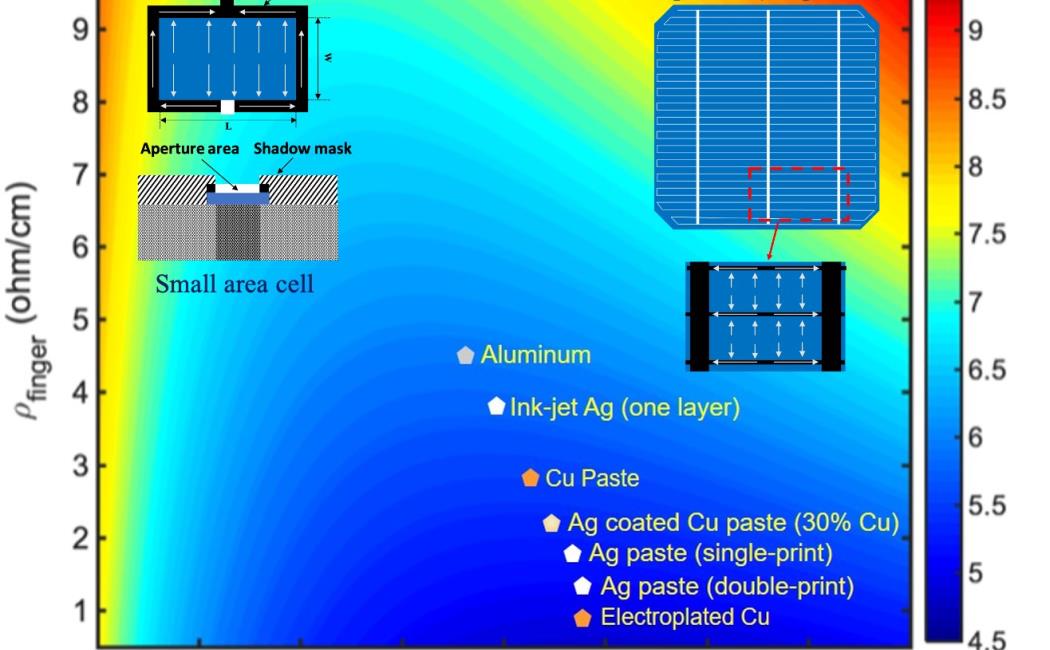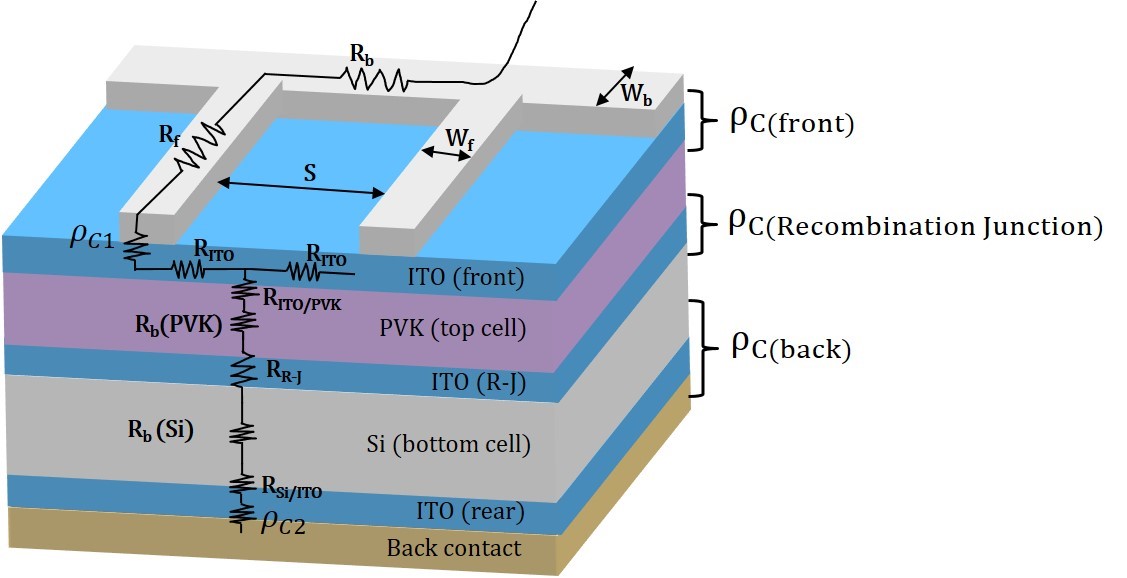


17 November, 2021
Initially, the modeling of a typical H-pattern front metallization grid is done to understand the possible power losses for monolithic-perovskite/Si tandem solar cells. We observed that an optimized grid can result in a relative power loss of less than 5%, as wider finger spacing for tandems (current is typically halved) results in much lower shading losses. The lower currents enable the opportunity to adopt relatively resistive metals with relatively lower metallization loss compared to the losses in SHJ solar cells with a significant impact on metallization cost. The key challenges in adopting screen printed metallization are the low annealing temperatures (<150 ℃) as the perovskite layer is temperature sensitive, which results in low FF’s due to an increased series resistance of the cells coming from the higher contact resistance of metals (as the pastes are not fully cured).

The metallization cost, which is of prime importance in the PV industry and comprises one of the main cost contributing elements in the module's overall cost is discussed. Our front grid design with the potential of using a relatively lower amount of silver paste suggests that a metallization cost of about 0.013 USD/Wp for 6 inches 30% efficient perovskite/Si tandems is achievable, which is more than 50% lower than the reference 24% single junction SHJ solar cell (0.077 USD/Wp). The price can be reduced further by reducing the silver consumption by adopting alternate metallization techniques such as inkjet and novel Flex-trail printing techniques.
Please read further via the link